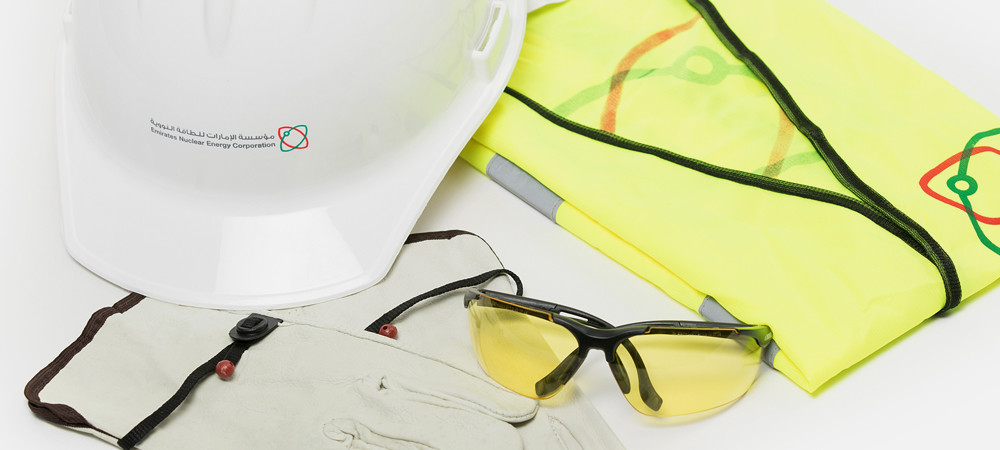Spent Fuel and Waste Management
The government of the UAE is currently developing the federal policy for long-term storage and waste management. ENEC will ensure that the disposal of solid radioactive waste will be completed in strict accordance with the UAE law, the regulations of FANR and the guidelines of the International Atomic Energy Agency (IAEA).
For decades, countries around the world have safely managed spent fuel.
Managing Spent Nuclear Fuel
A nuclear reactor can require more than 200 fuel assemblies. The fuel assemblies are replaced when they no longer produce enough heat. On average, about one-third of a reactor's fuel is exchanged every 12 to 24 months.
Once it’s been removed from a reactor, the fuel is known as spent nuclear fuel. When used or ‘spent’ fuel is removed from the reactor, it is moved to a spent fuel pool to cool. The spent fuel pool is contained in the auxiliary building of the plant, and remains there to cool.
While the fuel only needs three to five years to cool, the spent fuel pool at the Barakah Nuclear Energy Plant will be able to store 20 years’ worth of spent fuel before it is moved to a longer-term storage facility.
When the fuel is removed from the spent fuel pool, it is stored in concrete and steel containers called dry casks. These casks can be securely stored onsite at a nuclear energy plant or at an interim or long-term storage facility. Another method for safely handling spent nuclear fuel is reprocessing, during which the spent nuclear fuel is recycled into new fuel. Reprocessing is undertaken by multiple countries around the world, including France, Japan and Russia.
All methods for storing, reprocessing and transporting spent nuclear fuel are undertaken in strict accordance with best practices and guidelines developed by regulatory agencies around the world and the International Atomic Energy Agency (IAEA).
Safety is a defining element of our corporate values and culture.

01
Culture of Safety
From our establishment, safety has been our overriding priority.
02
Operational Safety
We have completed more than 20 emergency response drills and will continue to conduct these exercises at regular intervals during construction and operations of the plant.
03
Spent Fuel and Waste Management
The government of the UAE is currently developing the federal policy for long-term storage.



